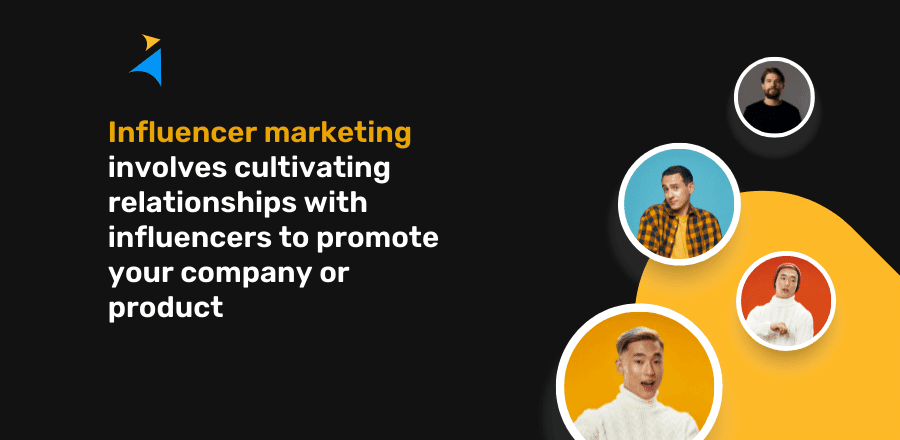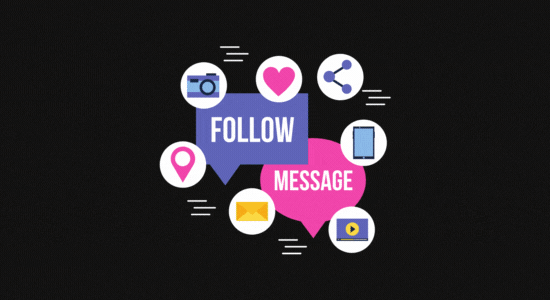A guide to managing your influencer relations with a CRM

How did these entrepreneurs get featured in Fast Company? Did they reach out to the magazine, or did the magazine reach out to them? And how can I do the same? - these questions often cross our mind
While Instagram influencer marketing is a well-known strategy, many other networks are growing for influencers. According to Adweek, the industry is all set to reach $10 billion in worth by 2020. Other networks like Snapchat, YouTube and TikTok have their own set of influencers with different demographics.
What is influencer marketing?
A decade ago, the influencer marketing arena was limited only to celebrities and a few dedicated bloggers. Now, it seems like we have seen social media influencers rise, saturate the market.
Influencer marketing involves cultivating relationships with influencers to spread the word about your company or product to the rest of the market.
At a fundamental level, influencer marketing is a type of social media marketing that uses endorsements and product mentions from influencers – individuals who have a dedicated social following and are considered experts within their niche. Influencer marketing works because of the high amount of trust that social influencers have built up with their following, and recommendations from them serve as a form of social proof to your brand’s potential customers.
That means that if you can work with consumers, you can work with influencers. It also means that you can use your sales CRM to manage your influencer outreach efforts.
Here's how:
Step No. 1: Identify your influencers.
Much like any strategy, research is the first step. Choose the platform you want to focus on first. You can always expand to other platforms later but if you are just starting, stick with one. Ideally, your brand should already have a presence on this network or be looking to expand into it.
Once you have developed a list of 10 to 20 people, add them as contacts to your CRM. Make sure to include all the relevant information you have, including their E-mail, social media accounts etc.
Step No. 2: Get to know them.
You should develop an understanding of who each influencer is and the types of conversations they are having. Follow them on Twitter and add them to a list so you can easily monitor what they are doing, subscribe to their blogs via an RSS feed and set up a Google alert to track their online activity. To keep track of these efforts, create an "engagement" stage in your pipeline.
Step No. 3: Reach out
Move an influencer to the next stage of your pipeline when they start reciprocating (that is, likes or favourites your tweets, shares your content, etc.) or when a predetermined amount of time has already gone by
In this stage, you will reach out to the influencer and attempt to engage.
For micro-influencers, you could reach out directly in a private message on the same platform. For more traditional ones, click around their profile, and they may list contact information for business inquiries in their bio. They may also link a website that denotes brand partnerships. You can also integrate a LinkedIn email finder into your outreach efforts to find these influencers' email addresses and contact them accordingly.
Step No. 4: Track your results.
There are a few ways of measuring the success of your campaign. You can create a specific hashtag, like #Zixflow to track what your influencers are doing. An Instagram hashtag wall can help you visualize the impact by aggregating posts from your campaign hashtag, allowing you to easily see what's being talked about and how your brand is being represented.
It makes it easy to see what is being talked about with specific hashtags or to watch for mentions of specific Twitter keywords.
If you are aiming for more sales, giving out affiliate codes or tracking links is an easy way of seeing how much is being generated from influencers.

Conclusion
Influencers are here to stay, but how the world of influencer marketing looks and operates has changed a great deal in a short time, and in five years, maybe drastically different from today. This guide will help you get started with building your strategy, but like any social strategy, it is important to be ready for change.
Still, while there are some unique considerations to working with influencers, setting up a campaign is the same as most marketing campaigns: research, set a budget, determine goals, find your influencers and review and revise.
